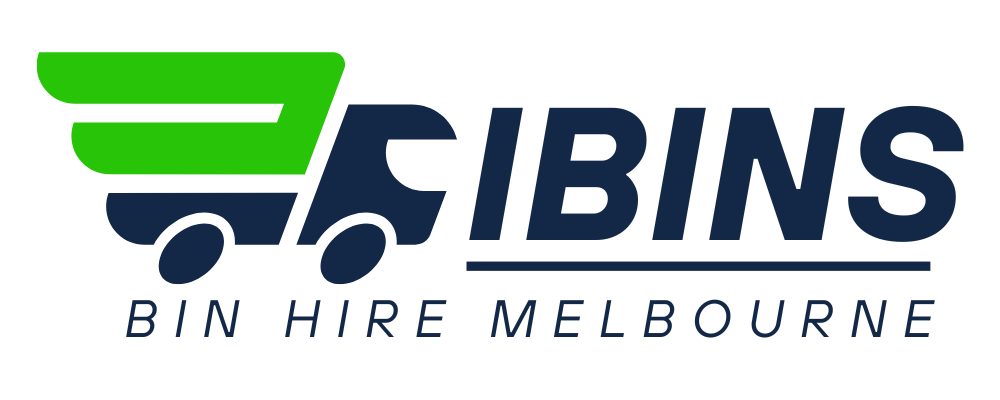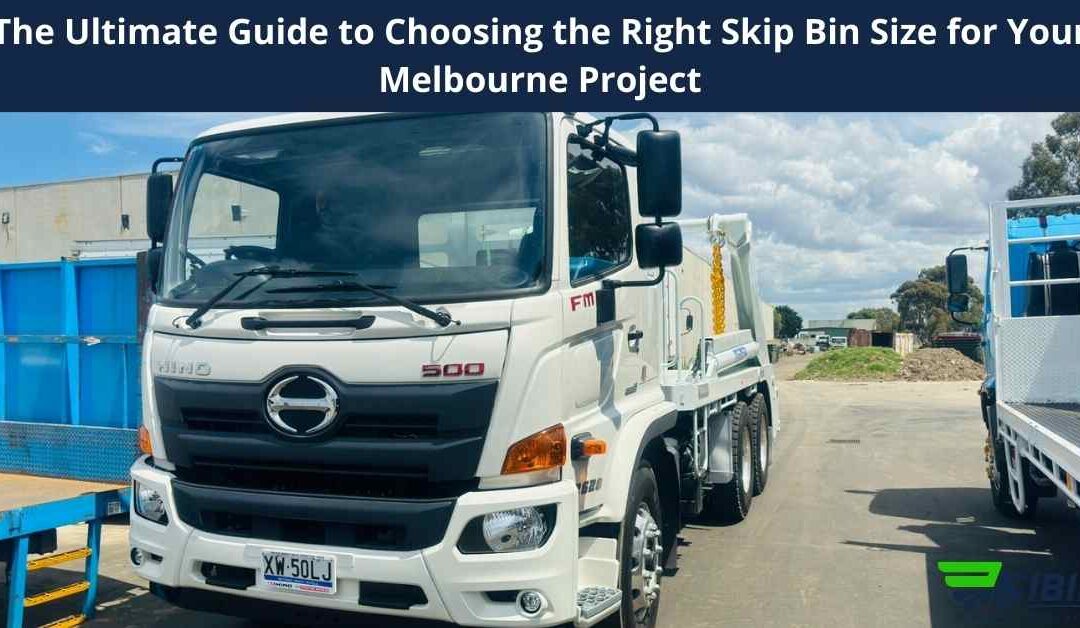Embarking on a project in Melbourne, whether it’s a home renovation, construction job, or a thorough spring clean, often involves dealing with a significant amount of waste. The key to managing this waste efficiently is selecting the right skip bin size. In this comprehensive guide, we’ll walk you through the factors to consider when choosing a skip bin size for your Melbourne project, ensuring that you make an informed decision that meets your waste disposal needs.
Understanding Your Project:
Before diving into the intricacies of skip bin sizes, it’s crucial to assess the nature and scale of your project. Consider the following aspects:
1. Project Type:
- Identify whether your project is residential, commercial, or industrial.
- Different projects generate varying amounts and types of waste, influencing the skip bin size required.
2. Materials Involved:
- Determine the types of materials you’ll be disposing of – whether it’s general household waste, construction debris, green waste, or a combination.
- Some materials may require specific disposal methods or recycling, impacting the skip bin size needed.
Factors Influencing Skip Bin Size Selection:
1. Volume of Waste:
- Estimate the volume of waste your project will generate.
- For smaller projects, such as home renovations, a 2 to 4 cubic meter skip bin may suffice. Larger projects, like construction sites, may require bins ranging from 6 to 12 cubic meters or more.
2. Available Space:
- Assess the space where the skip bin will be placed.
- Ensure that there’s enough room for the selected skip bin size and that it adheres to local regulations regarding placement.
3. Duration of the Project:
- Consider the duration of your project.
- If your project spans several weeks, you may need a larger skip bin or a regular pickup service to manage ongoing waste disposal needs.
4. Weight Restrictions:
- Be aware of weight restrictions imposed by skip bin providers.
- Overloading a skip bin can result in extra fees or the need to offload excess weight before collection.
Common Skip Bin Sizes and Ideal Uses:
1. 2 to 4 Cubic Meters:
- Ideal for small residential projects like spring cleaning, garden waste removal, or minor renovations.
2. 6 to 8 Cubic Meters:
- Suitable for medium-sized projects such as kitchen or bathroom renovations, small-scale construction, or office cleanouts.
3. 10 to 12 Cubic Meters:
- Best for larger projects like home renovations, construction sites, or commercial cleanouts.
4. 15+ Cubic Meters:
- Reserved for extensive projects, industrial sites, or large-scale commercial construction.
Tips for Efficient Skip Bin Usage:
1. Sort and Separate:
- Sort your waste to maximize recycling and reduce environmental impact.
- Some skip bin providers offer bins with compartments for easy waste segregation.
2. Maximize Space:
- Break down large items to optimize space within the skip bin.
- Efficient packing ensures you get the most out of the chosen size.
3. Communicate with Providers:
- Discuss your project details with skip bin providers.
- They can offer valuable insights into the most suitable skip bin size based on your specific needs.
Conclusion:
Choosing the right skip bin size for your Melbourne project is a crucial step in ensuring efficient waste management. By considering the factors discussed in this guide, you can make an informed decision that not only meets the requirements of your project but also contributes to responsible waste disposal practices. Remember, effective waste management plays a significant role in maintaining the beauty and sustainability of Melbourne, and choosing the right skip bin size is your first step towards achieving this goal.
If you are in Williams Landing, Victoria 3027, and looking for a skip bin hire service, this is the best way to visit us.
IBINS Pty Ltd
83 Forsyth Rd, Hoppers Crossing VIC 3029

